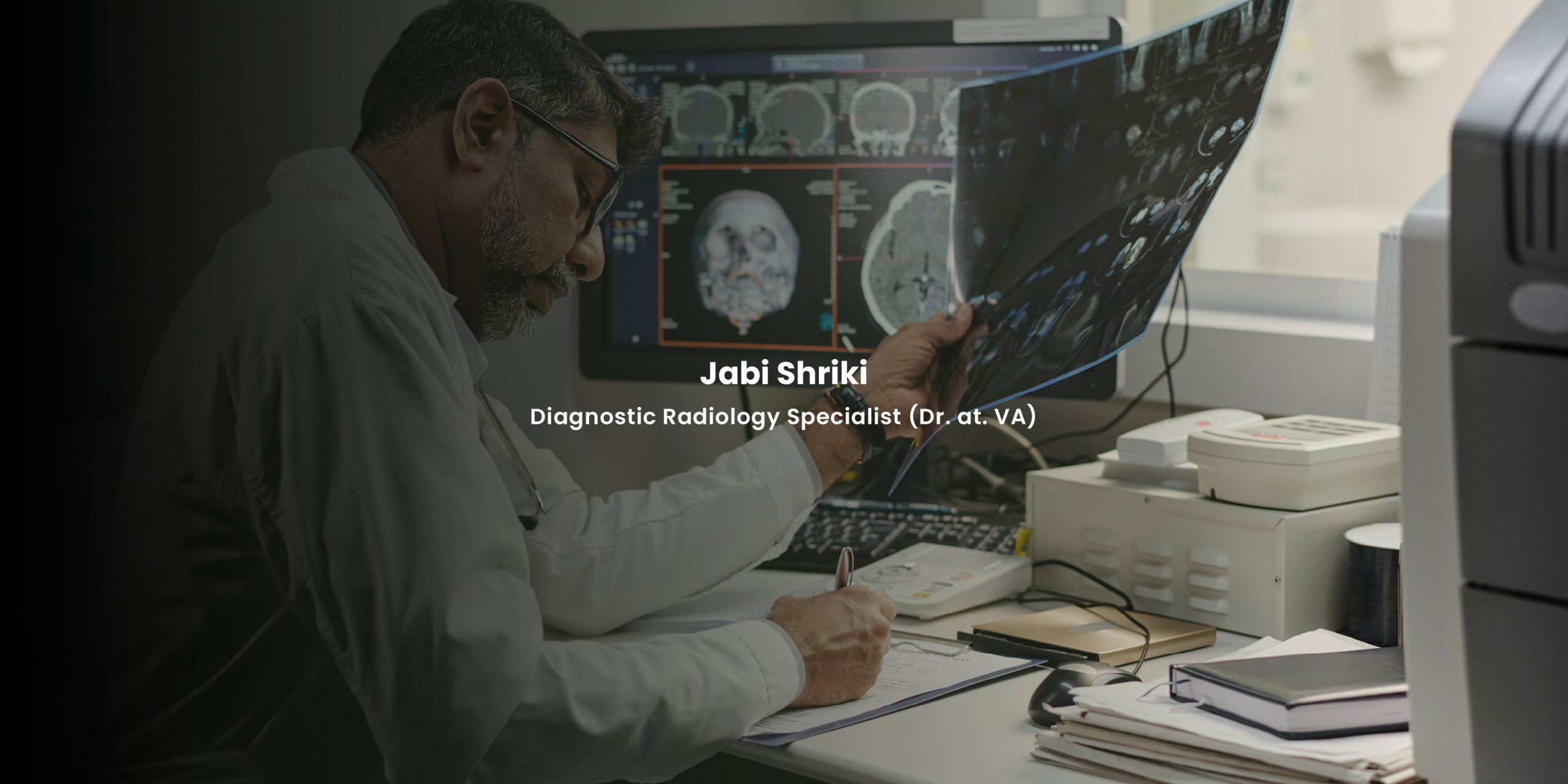
The healthcare industry increasingly relies on electronic systems to manage and store patient data in the digital age. Radiology, which generates large volumes of sensitive medical information, is particularly vulnerable to data breaches and unauthorized access. As the demand for secure and private handling of medical records grows, blockchain technology has emerged as a promising solution to these challenges. This article explores how blockchain can enhance data security and privacy in radiology, offering a glimpse into the future of healthcare technology.
Understanding Blockchain Technology
Blockchain is a decentralized digital ledger that secures and immutably records transactions across a network of computers. Each transaction is stored in a “block,” and these blocks are linked together in a “chain,” creating a chronological record that cannot be altered retroactively. This technology is best known for its role in cryptocurrencies like Bitcoin, but its potential applications extend far beyond digital currency.
The Importance of Data Security and Privacy in Radiology
Radiology departments generate and handle vast medical data, including X-rays, MRIs, CT scans, and other imaging results. These images are often shared among multiple healthcare providers, including radiologists, referring physicians, and specialists, to ensure accurate diagnosis and treatment planning. With the increasing use of telemedicine and electronic health records (EHRs), this data is frequently transmitted and accessed online, making it vulnerable to cyberattacks.
Data breaches in healthcare can have severe consequences, including financial loss, reputational damage, and, most importantly, compromised patient care. Protecting the confidentiality, integrity, and availability of radiological data is a top priority. Blockchain technology offers a robust solution to these challenges by providing a secure, transparent, and tamper-proof method of managing medical information.
How Blockchain Enhances Data Security in Radiology
Decentralization: Unlike traditional data storage systems that rely on centralized servers, blockchain operates on a decentralized network. This means that patient data is distributed across multiple nodes (computers) in the network, making it much harder for hackers to access or manipulate the information. Even if one node is compromised, the data remains secure and intact in the other nodes, ensuring continuity and resilience.
Data Integrity and Immutability:
One of the key features of blockchain technology is its immutability—once data is recorded on the blockchain, it cannot be altered or deleted. This ensures the integrity of radiological records, as any attempt to tamper with the data would be immediately evident. This provides a reliable and trustworthy record of all imaging results and patient interactions for radiologists and healthcare providers.
Enhanced Privacy through Encryption:
Blockchain uses advanced encryption techniques to protect data. Each block in the chain is encrypted, and only authorized users with the correct cryptographic keys can access the information. This ensures that patient data remains confidential and can only be accessed by those granted permission. In a radiology context, this means that only authorized healthcare providers can view or share medical images and reports.
Secure Data Sharing and Interoperability:
Blockchain facilitates secure and efficient data sharing among healthcare providers. By creating a unified, encrypted ledger of patient data, blockchain allows radiologists, physicians, and specialists to access the same information without the need for duplicate records or manual data entry. This streamlines the diagnostic and treatment process and reduces the risk of errors or discrepancies in patient records.
Patient Control and Consent
Blockchain technology can also empower patients by giving them greater control over their medical data. Patients can grant or revoke access to their radiological records, ensuring their information is only shared with trustworthy healthcare providers. This level of control enhances patient privacy and fosters a more transparent and collaborative approach to healthcare.
Challenges and Considerations for Implementing Blockchain in Radiology
While blockchain technology offers numerous benefits for data security and privacy in radiology, there are also challenges to consider. These include:
Interoperability with Existing Systems:
Integrating blockchain with existing healthcare IT systems, such as EHRs and picture archiving and communication systems (PACS), can be challenging. Ensuring seamless interoperability is crucial for the successful adoption of blockchain in radiology
Implementing blockchain technology can be costly and complex, particularly for smaller healthcare providers with limited resources. Developing user-friendly interfaces and reducing implementation costs will be key to making blockchain accessible to all radiology departments
The Future of Blockchain in Radiology
Despite these challenges, the potential of blockchain technology in radiology is undeniable. As the technology matures and becomes more scalable, it will likely become an integral part of the healthcare landscape. In the future, we may see blockchain being used for data security and privacy and other applications, such as supply chain management for medical imaging equipment, patient identity verification, and even research and clinical trials.
The adoption of blockchain in radiology represents a significant step forward in addressing digital healthcare’s security and privacy concerns. By providing a secure, transparent, and patient-centered approach to data management, blockchain can revolutionize how radiological information is handled, ultimately leading to better patient outcomes and more efficient healthcare delivery.